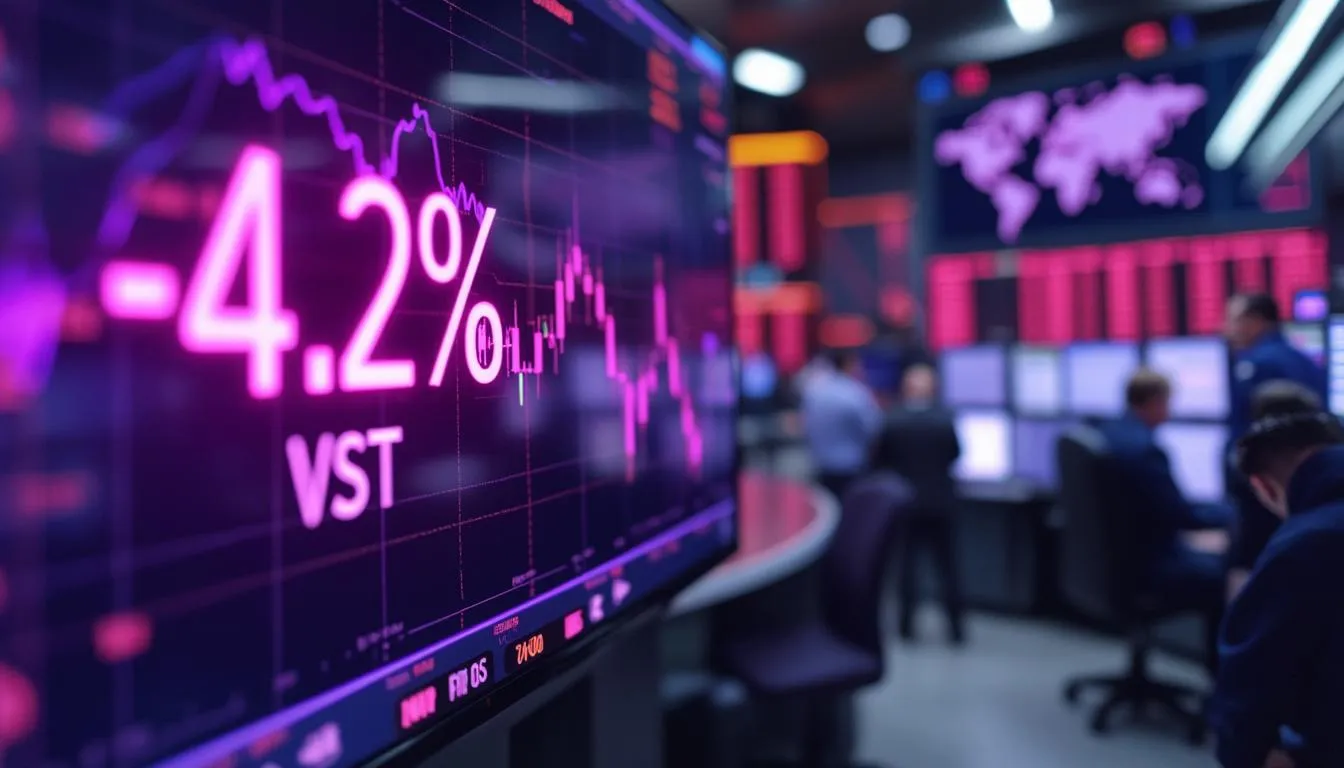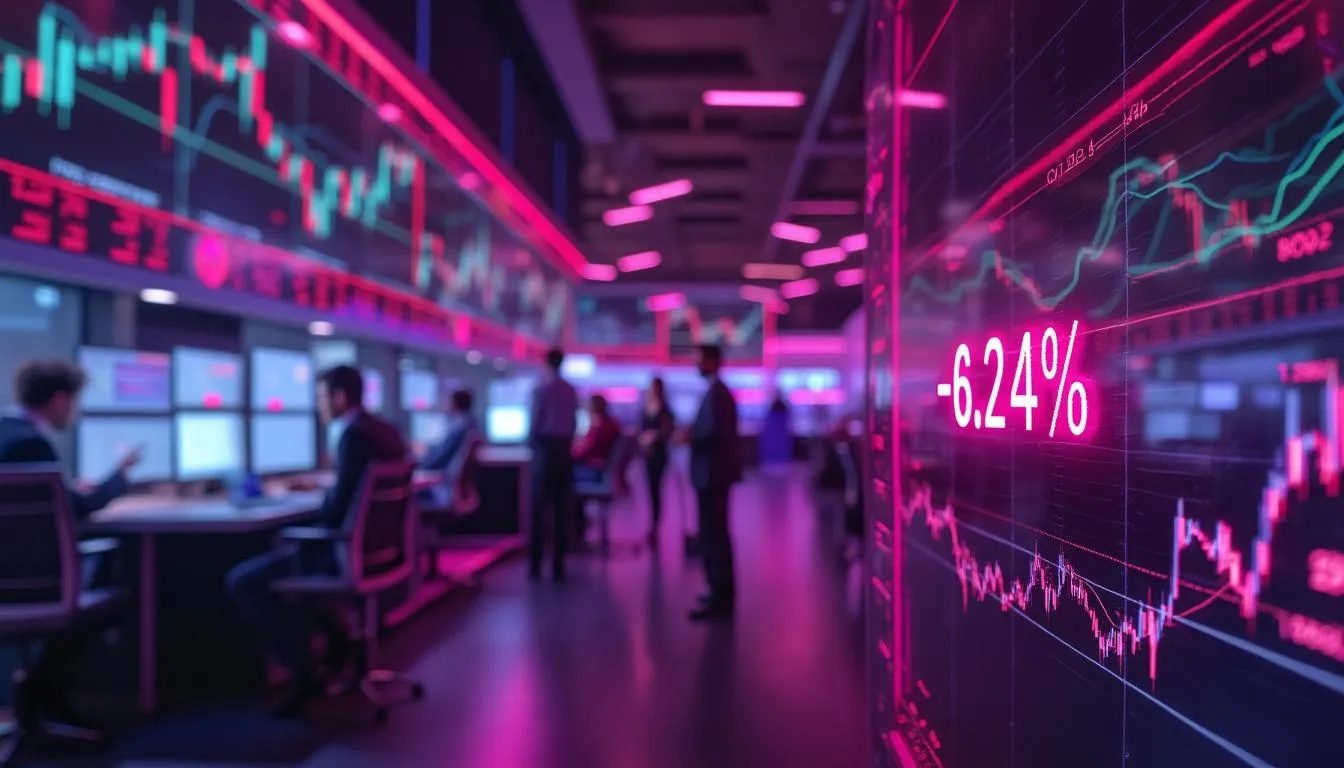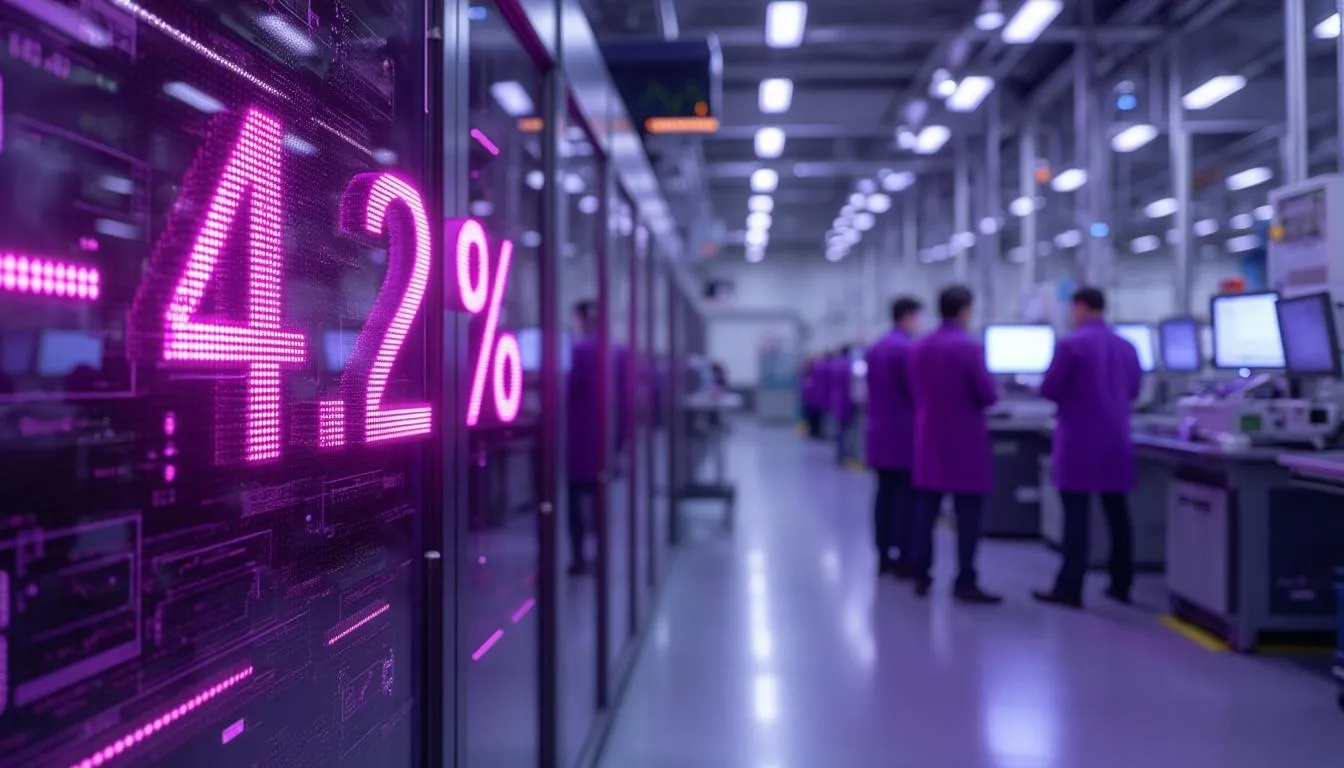Riding the New Wave: GDS and Its Rising Star Status in China’s Data Center Sector
As the backbone of cloud computing, AI, and digital transformation in China, GDS Holdings Limited ADS (GDS) is not merely a data center operator—it’s a critical infrastructure enabler for the nation’s fast-evolving digital ecosystem. On July 16, 2025, JP Morgan, one of the world’s most influential investment banks, upgraded GDS from ‘Neutral’ to ‘Overweight’ and set a new price target of $46, implying significant upside from current levels. Understanding the strategic context behind such an upgrade—especially from a firm with JP Morgan’s analytical rigor—can be a game-changer.
With GDS’s recent Shanghai C-REIT IPO and robust subscription demand, the company is capturing both capital market attention and investor confidence. Analyst upgrades, particularly from bulge-bracket houses, can serve as powerful market catalysts—often signaling not just a shift in sentiment but new data or developments that may not yet be fully priced in. Here, we dissect the financials, recent news, and technical signals to reveal what few market participants see beneath the surface.
Key Takeaways:
JP Morgan’s new $46 price target implies a 19.7% upside from the current price of $38.425.
Stock price has nearly quadrupled in the last year, with high volatility and a recent RSI over 81—suggesting strong momentum but potential near-term caution.
C-REIT IPO completion and oversubscription provide both liquidity and validation for GDS’s data center asset quality.
Recent AGM approvals and capital market activity underscore management stability and strategic alignment.
JP Morgan’s upgrade aligns with a technical breakout above long-term moving averages, reinforcing the bullish narrative.
Unpacking the Analyst Upgrade: JP Morgan’s Confidence and Sector Outlook
JP Morgan’s Rationale and Influence
JP Morgan, with its extensive global research platform and deep sector specialization, rarely issues upgrades without a clear data-driven conviction. The firm’s move from ‘Neutral’ to ‘Overweight’ likely reflects a combination of:
Stronger-than-expected data center demand in core Chinese metros
Successful C-REIT listing, which enhances balance sheet flexibility for future growth
Improved visibility on cash flows and asset values following the IPO
JP Morgan’s coverage of Asian infrastructure and technology is widely followed by institutional allocators. As such, their upgrade can catalyze flows from both active and passive managers. The new $46 price target also signals a recalibration in expectations—not just for GDS, but for the sector’s overall growth trajectory.
“The completion of GDS’s C-REIT IPO is a landmark event, unlocking new sources of capital and validating the quality of their underlying assets.”
— JP Morgan Asia Research Note (July 2025)
How the Upgrade Aligns with Recent Performance
GDS’s upgrade is not occurring in a vacuum. Over the past 12 months, the stock has surged from a low of $9.88 to as high as $52.50 (Feb 2025), before consolidating near $38. This price action, combined with a recent 20-day EMA of $32.10 and an RSI of 81.28, points to both strong momentum and the potential for further technical upside—albeit with near-term volatility.
JP Morgan’s reputation for rigorous due diligence and sector insight amplifies the significance of this move. Their confidence, particularly in the wake of a major capital market event like the C-REIT IPO, adds institutional weight to the bullish narrative.
GDS: Business Model and Financials in Focus
The Digital Backbone: GDS’s Core Business
GDS operates, develops, and manages high-performance data centers in China’s most economically vibrant regions. Its client base includes hyperscalers (cloud and internet giants), financial institutions, and government agencies. The business model is anchored in long-term, recurring contracts with blue-chip customers, providing stable cash flows—but also requiring substantial upfront capital and stringent operational excellence.
Recent Financial Performance
While the latest granular financials are not provided in this data set, several key metrics and recent events are noteworthy:
Balance Sheet Strengthened: The C-REIT IPO raised RMB 2.4 billion (approx. $330 million), providing liquidity for expansion and debt management.
Recurring Revenues: GDS’s customer base and contract structure support high revenue visibility, a critical feature in the capital-intensive data center space.
AGM Results: All management proposals were approved at the June 2025 AGM, signaling broad shareholder support and strategic continuity.
Technical and Sentiment Analysis: What the Data Reveals
Price Action and Technical Signals
Current Price: $38.425 (as of July 16, 2025)
52-Week Range: $9.88 (low, Aug 2024) to $52.50 (high, Feb 2025)
20-day EMA: $32.10
RSI: 81.28 (overbought but still climbing)
Volume: Average daily volume at 2.24 million shares, with a peak of 10.59 million on major news events
Bollinger Bands: Current price is brushing against the upper band, indicating heightened momentum
Sentiment and Volatility
With 135 up days versus 112 down days in the past year, sentiment has been net positive, despite significant volatility (average daily volatility at 1.49%). The stock’s recent technical breakout, supported by high volumes and institutional flows, aligns with JP Morgan’s bullish stance.
Recent News: C-REIT IPO and Strategic Developments
C-REIT IPO: A Capital Markets Milestone
Completion of Shanghai C-REIT IPO (July 16, 2025): Institutional order book covered 166x; retail offering 456x over-subscribed, signaling immense demand for GDS’s data center assets.
Gross proceeds: RMB 2.4 billion raised, earmarked for further expansion and debt optimization.
Strategic Implication: The IPO not only boosts liquidity but also validates the market’s view of GDS’s asset quality and growth prospects.
AGM Approvals and Shareholder Alignment
June 26, 2025: All management proposals approved at the annual general meeting, reinforcing strategic alignment and governance stability.
“Each of the resolutions submitted to the shareholders for approval at the 2025 AGM has been approved.”
— Company Statement, GlobeNewsWire (June 2025)
Assessing the Potential Upside: Is 20% Just the Beginning?
Calculating the Upside
With JP Morgan’s $46 price target and the stock trading at $38.425, the implied upside is approximately 19.7%. For investors, this return is significant—especially in an industry benefiting from secular tailwinds like cloud adoption, AI, and digital transformation.
Is There Room for More?
While the technicals show an overbought condition (RSI above 80), the fundamental momentum from the C-REIT IPO, strong institutional demand, and the sector’s growth trajectory could propel the stock higher. The average daily trade count above 23,000 and robust volume spikes on news releases reflect broad market participation.
Risks and Considerations
Volatility: High historical volatility and rapid price appreciation may lead to sharp pullbacks, especially if sentiment reverses or macro conditions deteriorate.
Regulatory and Geopolitical: As a China-based operator with U.S. ADR listing, GDS remains exposed to regulatory shifts and cross-border tensions.
Execution Risk: Scaling up data center operations while maintaining high utilization and service quality is a complex challenge.
Conclusion: Why JP Morgan’s Upgrade Matters for Forward-Looking Investors
JP Morgan’s upgrade of GDS to ‘Overweight’ with a $46 price target is more than a routine analyst re-rating—it’s a high-conviction call on the future of China’s digital infrastructure. Backed by robust capital markets activity, strong financial underpinnings, and technical momentum, GDS sits at the nexus of several megatrends. While risks remain, the combination of institutional confidence, sector growth, and recent strategic milestones suggest that the 20% upside could be conservative if execution remains strong.
Now is the time to scrutinize not just price targets but the underlying data, sector dynamics, and capital flows that drive analyst conviction. GDS is no longer a niche China play—it’s a bellwether for Asia’s digital future.

.svg)
.svg)
.svg)
.svg)

.svg)

.svg)
















